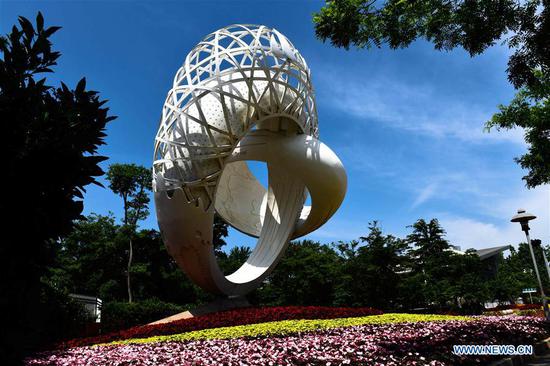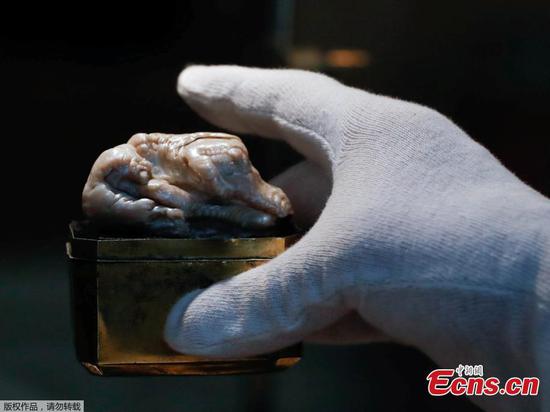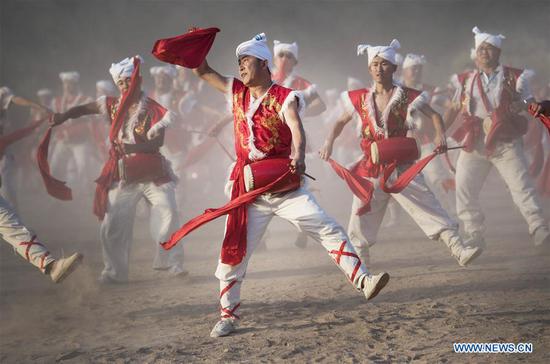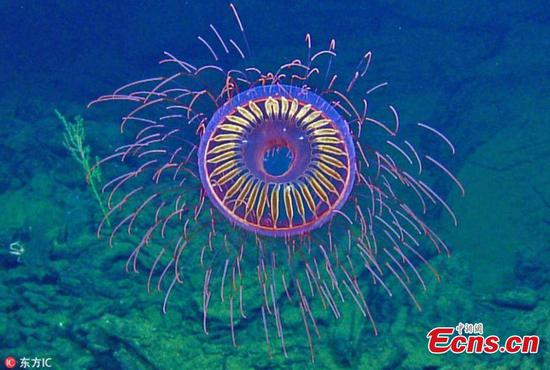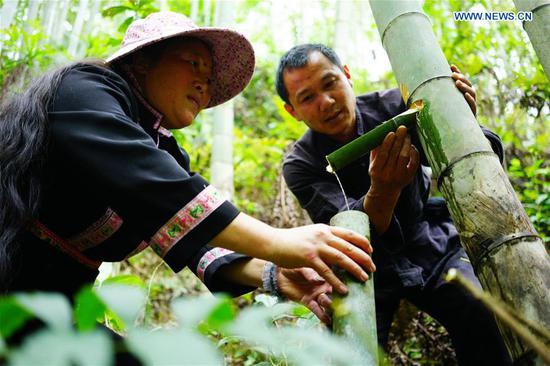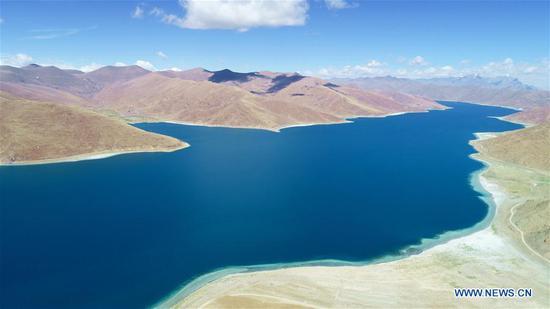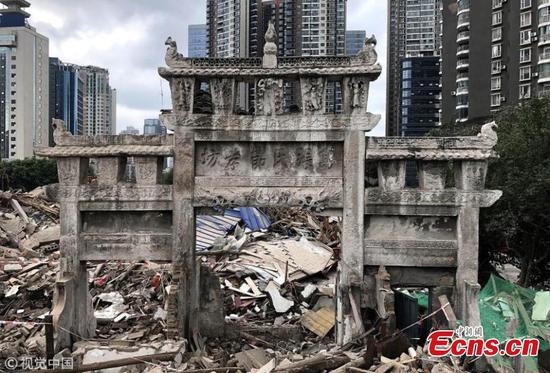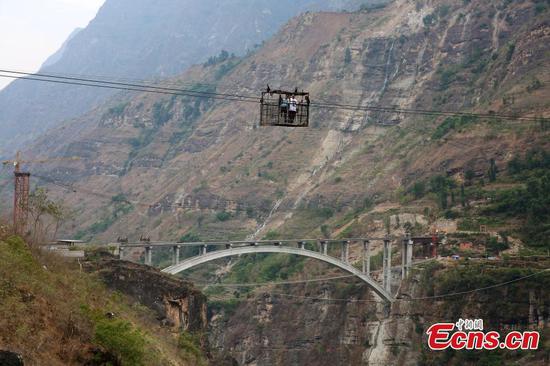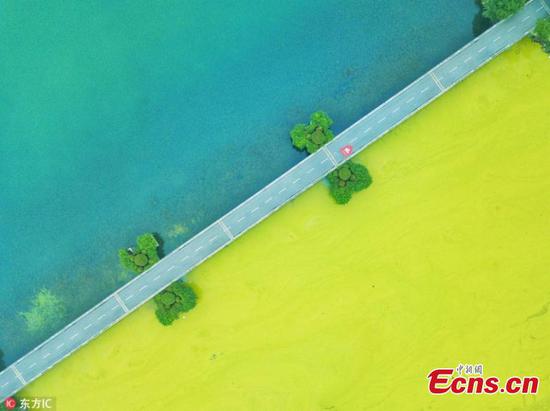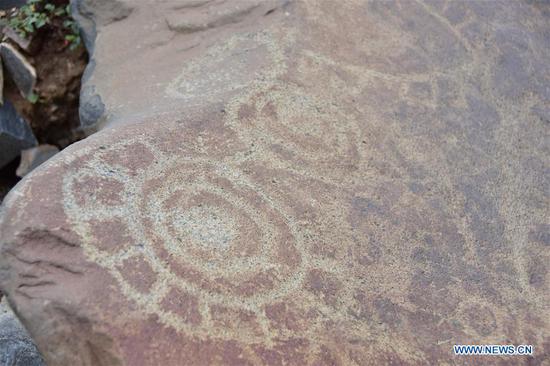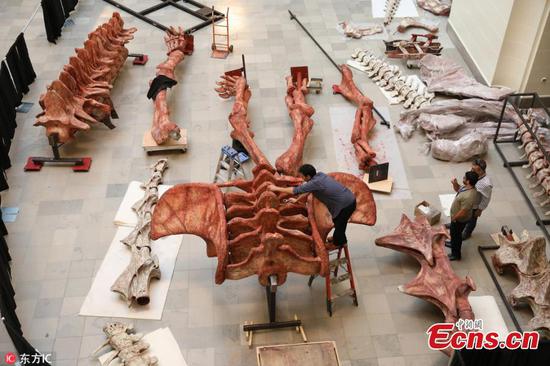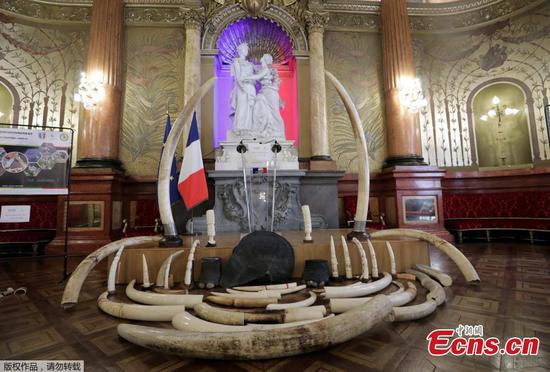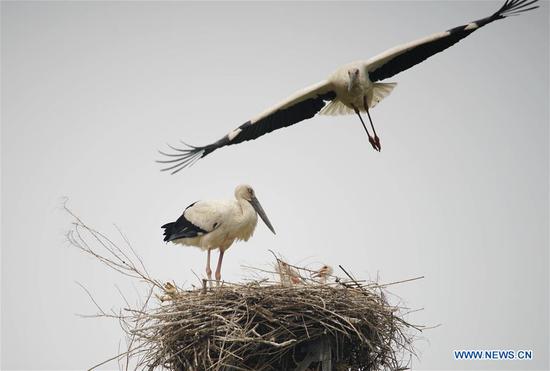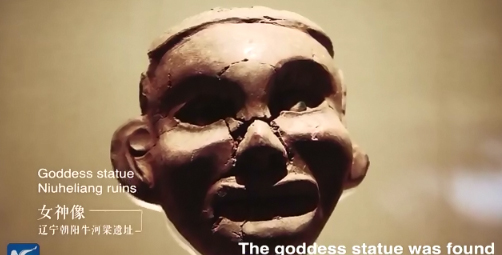Some 2.26 tons of human feces, 1 ton of mountaineering trash and 5.24 tons of household waste have been removed from the world's highest peak since April, Qomolangma mountain officials told the Global Times on Thursday.
A further 8 tons of trash was removed between 5,200 meters and 6,500 meters above sea level, Penma Trinley, vice secretary general of the Tibetan Mountaineering Association, the institute in charge of the cleanup operations, told the Global Times on Thursday.
A 30-member environmental squad, mostly guides or liaison officials from climbers' associations, have been busy removing garbage from areas higher than 5,000 meters above sea level on Mount Qomolangma - commonly known in the West as Mount Everest - Penma said.
Ma Liyamu, a Chinese climber who led a team up Mt. Qomolangma from Nepal in 2016, said "the higher you go up, the less household garbage you will find and the more mountaineering gear like oxygen cylinders, gas tanks and tents."
Cleanup at 8,000 meters above sea level "is almost as demanding as tackling the summit," Ma told the Global Times on Thursday.
The cleanup has been conducted on a daily basis this year, and the amount of rubbish is documented by environmental regulators.
Climbing season at the 8,848-meter peak in Southwest China's Tibet Autonomous Region starts around the end of March and ends at the end of May on the north face.
Garbage dumped one year is usually taken down the mountain the next year as workers tend to focus exclusively on safety rather than garbage, Penma told the Xinhua News Agency.
"Now that we have an environmental team, we are much more efficient," he was quoted as saying. "We don't have to wait a year to process the garbage."
To promote cleaning up, the Tibet regional sports bureau hands two trash bags to every climbing team.
Every climber who descends the mountain must bring at least 8 kilograms of trash. If they bring less, they are fined $100 for every kilogram, Penma said.
No one has been fined this year as climbers are generally well aware of environmental protection and tend to bring down even more waste than requested.
Most of the mountaineering waste can be recycled as some of it has a cachet that can be converted into a tourist souvenir, he noted.










